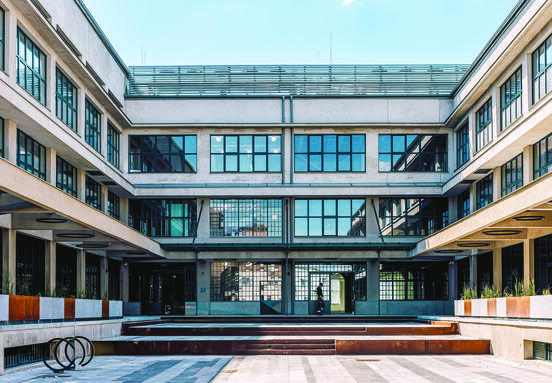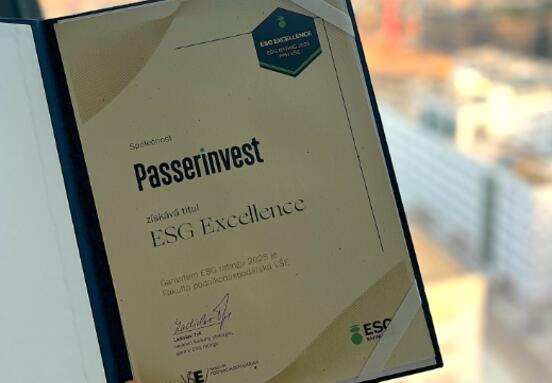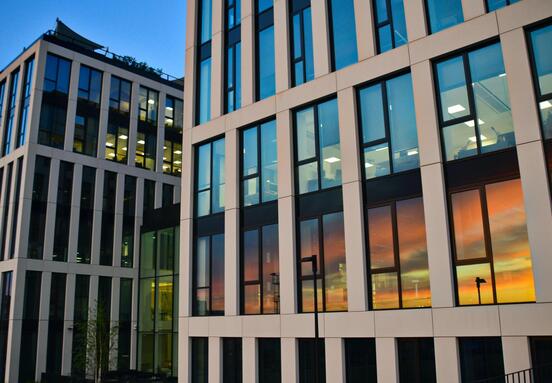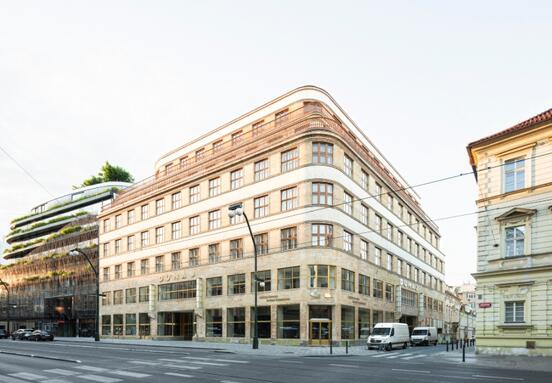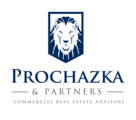The Czech office market is paying for its own success. The high office occupancy rate has kept vacant capacities low in the long term, which has helped our market better withstand the price correction, which, unlike in many Western European countries, was not as pronounced after the pandemic. In addition, the situation is also affected by the absence of the euro, the proximity of the war in Ukraine and the high administrative burden complicating new construction.
“One of the key factors why domestic capital prevails in the Czech office market is the comparable return on investments abroad and in the Czech Republic. Therefore, foreign investors often lack the motivation to direct their funds to the Central and Eastern European region if they can achieve a similar return in their home countries. Added to this is the overall lower interest in the office segment – foreign investment funds have recently preferred other types of real estate, especially in the area of industrial and logistics projects,” says Radek Procházka, Managing Partner of Prochazka & Partners, which specializes in strategic consulting in the area of commercial real estate.
“The last significant transaction was the purchase of the Parkview building from the development company Skanska by the German group Deka Immobilien. Since then, domestic players have been taking over the activity,” describes Roman Bohumínský, Senior Associate at Prochazka & Partners, adding: “We are observing almost zero influx of new foreign companies into the Czech market – a trend that broke with the COVID-19 pandemic and has not yet reversed. Czech companies are now the main drivers of the market.”
There are still quality office buildings available for sale on the Czech market, but practically all acquisitions are now made by Czech investors, who ensure market continuity and develop their portfolios not only at home, but increasingly also abroad – especially in Poland. For now, the construction of offices for own use – the so-called build-to-own – also remains a purely Czech matter.
“An interesting trend is that more new office construction is currently planned in Brno than in the capital. In Prague, approximately 24,000 m² of new office space is expected to be completed this year, which is significantly below the long-term average. This decline is a result of a combination of high construction costs, more demanding financing and growing investor interest in the industrial and residential segments. The vacancy rate has been around 8% for a long time. The low availability of quality space strengthens the negotiating position of landlords, which contributes to rent growth, especially in more desirable locations. Renegotiations in 2024 accounted for more than half of all transactions on the Czech market. Companies often remain in their existing premises, which further limits flexibility and free supply on the market,” explains Roman Bohumínský, Senior Associate at Prochazka & Partners, and adds: “We can already see that
the delivery of a larger number of new buildings will only be in 2027-2028, and thanks to planned projects and the expected decline in interest rates, which could once again attract activity from both domestic and foreign investors.”

